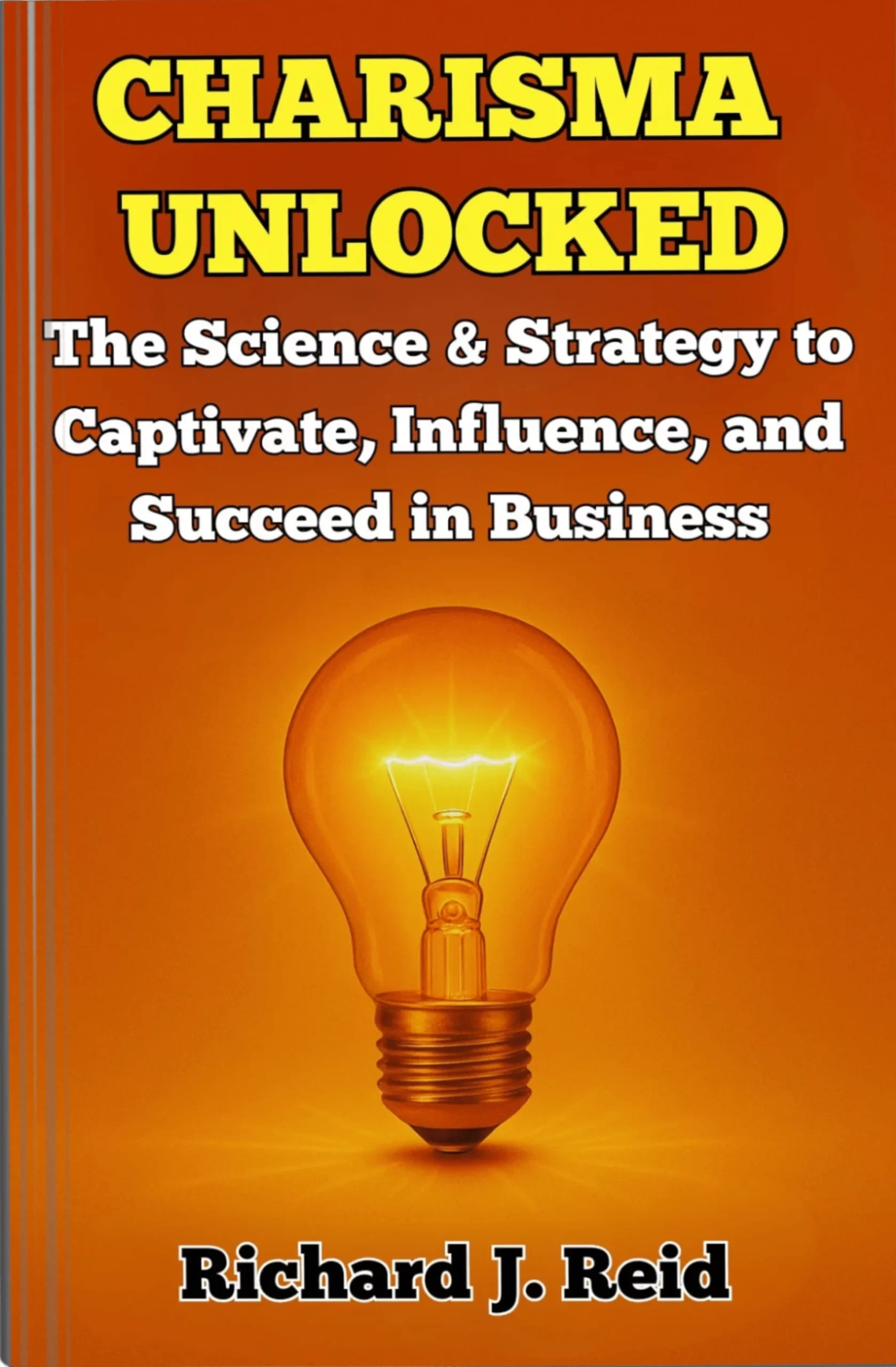Introduction
HR has moved beyond its traditional administrative functions, evolving into a key strategic driver of organisational success. In today’s dynamic business landscape, HR not only supports but enhances competitive advantages, aligning talent with organisational goals to create value for customers, stakeholders, and the broader market. This whitepaper explores how HR contributes to the value chain, its strategic role in business priorities, and provides case studies showcasing HR-led transformation.
Defining HR’s Role in Organisational Strategy
1. Understanding the Strategic Value Chain
The value chain, as outlined by Michael Porter, highlights key activities that contribute to delivering value to customers. While customer-facing departments are often the focus, HR plays a critical role in optimising resources and driving innovation across all levels. By aligning workforce development with organisational objectives, HR ensures each business component contributes effectively.
2. Key Areas of HR Contribution to the Value Chain
- Talent Management: HR ensures the recruitment, development, and retention of top talent, directly supporting business operations and capabilities.
- Employee Engagement: Through initiatives focusing on well-being and performance alignment, HR increases productivity and fosters innovation.
- Organisational Culture: HR cultivates a culture of collaboration, adaptability, and customer-centricity that aligns with business strategy.
- Change Management: HR facilitates organisational resilience by reskilling and promoting agility in response to technological and market shifts.
3. The Transition from Administrative to Strategic HR
HR has evolved from a purely administrative role to a strategic function using data analytics, predictive modelling, and strategic forecasting to contribute directly to profitability and performance. This transition empowers HR to:
- Contribute to business profitability.
- Elevate performance across the organisation.
- Build high-performance environments.
Aligning HR with Business Priorities
1. Connecting HR Strategy to Business Objectives
For HR to drive strategic value, its initiatives must align with business goals. Key steps to achieve this alignment include:
- Stakeholder Collaboration: HR must work with executives to define priorities and tailor HR strategies accordingly.
- Workforce Planning: Anticipating talent needs in line with business objectives is critical for future growth.
- Skill Mapping: Ensuring HR efforts match the skills required for operational success.
2. Embedding HR into Organisational Decision-Making
HR’s role in shaping organisational strategy is enhanced when represented at top levels. For example, the Chief Human Resources Officer (CHRO) often sits on the executive board to ensure that HR insights are considered in business decisions like expansions or technological upgrades.
3. Using Technology to Align HR with Business Outcomes
HR is leveraging advanced systems such as Human Resource Information Systems (HRIS) and predictive analytics to align its functions with broader business goals. These tools help HR make informed decisions and measure their contribution to business performance.
4. HR Metrics and KPIs for Strategic Alignment
To prove HR’s strategic value, organisations must track key performance indicators (KPIs) such as:
- Time-to-Hire: Reducing hiring time ensures smooth business operations.
- Employee Retention Rates: High retention signals employee satisfaction and engagement.
- Revenue per Employee: A financial metric showing workforce efficiency.
Case Studies of HR Strategies Leading to Measurable Outcomes
1. Case Study: Amazon – Workforce Agility at Scale
Amazon’s “Upskilling 2025” programme invested $1.2 billion to reskill employees for future roles in areas like machine learning and robotics. This initiative enhanced employee retention and reduced hiring costs, ensuring workforce agility in the face of evolving business needs.
2. Case Study: Netflix – Building a High-Performance Culture
Netflix’s “Netflix Way” prioritises talent and innovation, fostering a high-performance environment with flexible policies like unlimited leave and competitive pay. This approach has led to consistently high employee retention and industry-leading innovation.
3. Case Study: Unilever – Driving Sustainability and Employee Engagement
Unilever’s integration of HR with its Sustainable Living Plan has significantly increased employee engagement. By aligning personal values with business goals, Unilever has seen faster achievement of sustainability objectives and improved employee retention.
The Future of HR’s Role in Value Creation
The future of HR’s strategic role will be shaped by:
- Data-Driven HR Decisions: People analytics will drive decision-making, ensuring HR strategies are based on measurable trends.
- Global Talent Strategies: HR will increasingly focus on managing global, diverse workforces.
- Workplace Innovation: Future HR strategies will focus on enhancing productivity through AI, dynamic leadership development, and virtual team management.
Conclusion
HR has transcended its administrative origins, emerging as a central player in the organisational value chain. Through talent management, culture-building, and leadership development, HR directly influences competitive advantage and organisational success. By aligning HR initiatives with business goals, organisations can unlock the full potential of their workforce, as evidenced by case studies of Amazon, Netflix, and Unilever. As businesses navigate future challenges, strategic HR will be integral to driving long-term success.










